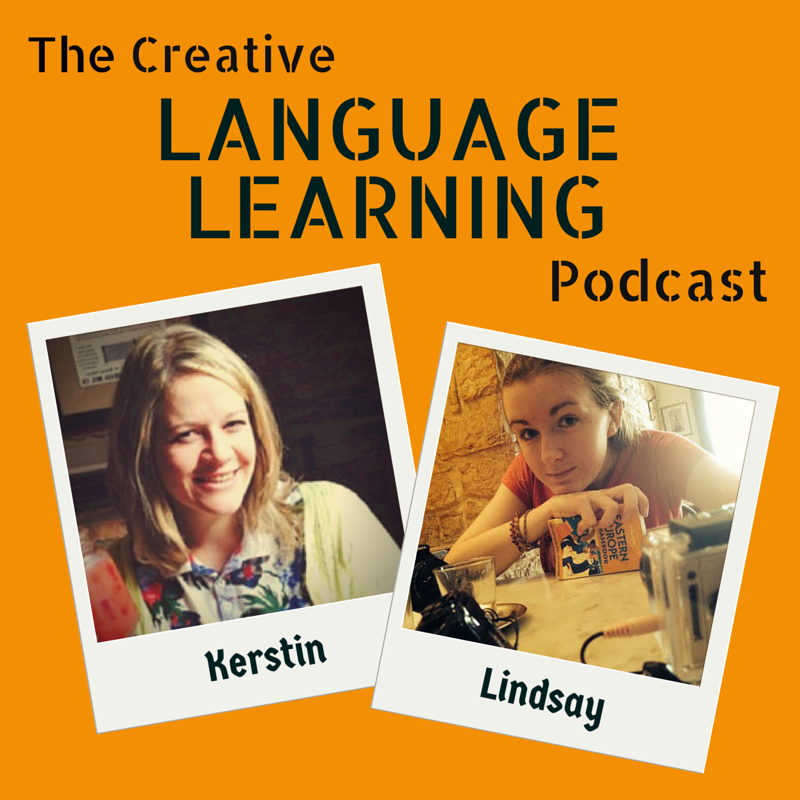The first destination in Germany is always the Mosel valley to me. I was there to visit my family, but don’t think that this wouldn’t be a beautiful place for you. The Mittelmosel can be reached by train to Wittlich Hbf with a bus connection to any of the small villages. It’s focused on winemaking, with lush green vineyards on the hills and a stunning river winding its way through the valley.
Language Tip: Hbf stands for Hauptbahnhof, the central station of any city.
The Mosel region is world famous for its wines and amazing scenery. Visit a local wine estate and enjoy a wine tasting with the original producers - guys who know what a vineyard, wine cellar and tractor look like. There are over 15 wineries in my home village alone, and of course I recommend Weingut Hammes (tell them I sent you!). The biggest wine festival of the region is called the Weinfest der Mittelmosel and takes place in Bernkastel/Kues in early September. If you are in town, don’t miss out on the parades, funfair, fireworks and the wine street.
The temperatures during my visit regularly reached 35 degrees, with nighttime temperatures around 20. Some of my favourite things to do include getting amazing gelato at Venezia, swimming outdoors and camping by the river.
Day 7: Travel from Wittlich to Hamburg, via Koblenz.
This is a 7 hour journey including one change and features the lovely rivers Mosel and Rhine as its backdrop up until Cologne. On the trip you will get to see German landscapes changing to the flat and the nautical. Hamburg makes a very beautiful overnight destination, as everything is close by and the city’s sights are within easy reach. It also allowed me time to catch up with a long-time-no-see school friend, Verena who is chief blogger at Hamburg von Innen. She has kindly put a few tips together for you so you can get the most out of Hamburg:
Start at the Landungsbrücken and get set for your day with a Fischbrötchen, the classic Northern German snack. While you're there, take the lift to the old Elbtunnel and cross the river to admire the new Elbphilarmonie building (set to complete in 2017). The views in this part of town are fabulous.
Walk through the Portugiesenviertel to the Michel, Hamburg's iconic church which offers the best views in town from its tower. On the way there, stop at Milch for an excellent coffee break. You shouldn't miss Jungfernstieg and Binnenalster, with a visit to Warnecke for some ice cream.
Take a stroll around the Speicherstadt and admire this UNESCO-listed cultural treasure. The best Hamburg-style food is Labskaus or Hamburger Pannfisch with an Alsterwasser (shandy).
My accommodation in Hamburg was a friendly little Airbnb apartment in Altona.
Day 8: Travel from Hamburg to Stockholm, via Copenhagen
There’s currently no direct train running between Hamburg and Stockholm, but the trip via Copenhagen is fun and adds little time in total. For this journey, I was on the tracks for 12 hours in total, with a 2 hour changeover. Hamburg to Denmark offers views of picturesque Friesland and a crossing of the Baltic Sea to get to the island of Fehmarn.






